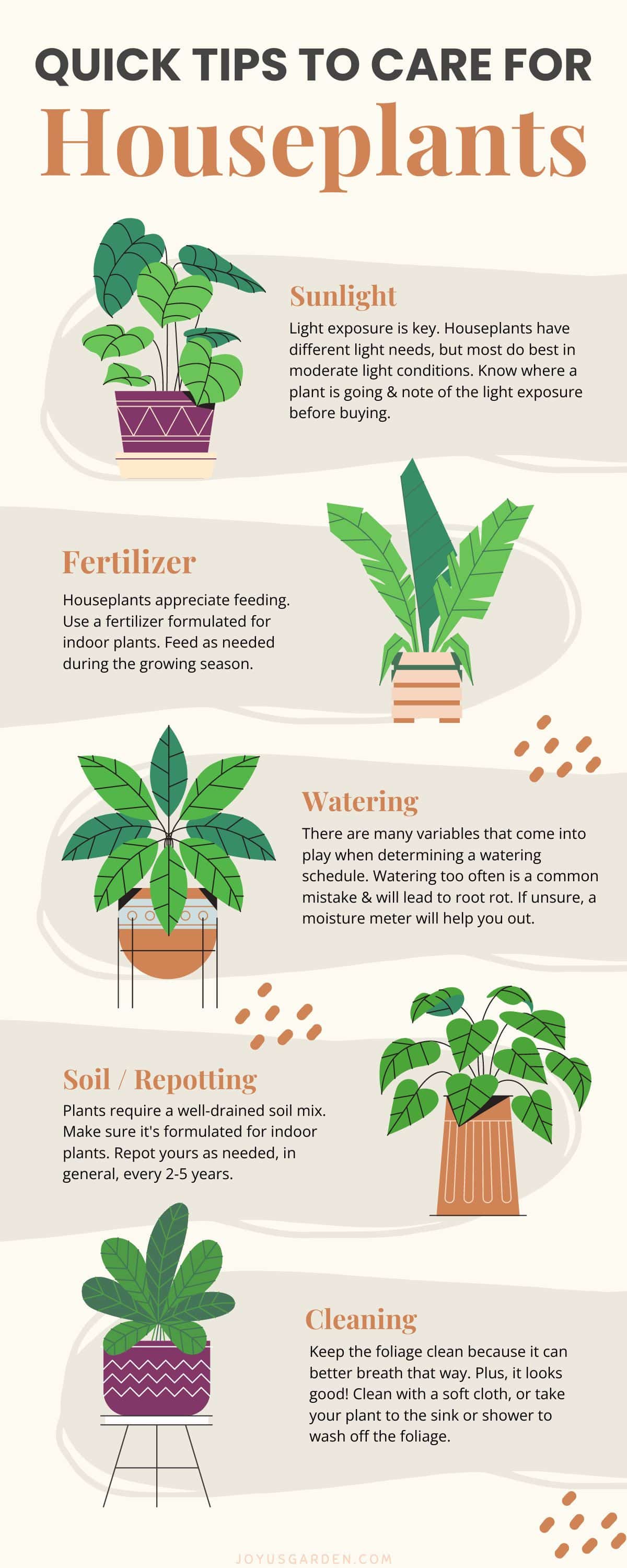Hey there! So, you’re looking to dive into the world of houseplants but feeling a bit overwhelmed? Don’t sweat it! Picking the right green buddies for your home doesn’t have to be a daunting task. Let’s break down some easy-peasy tips to get you started on your indoor jungle journey.
Know Your Light Situation
Seriously, this is the golden rule of houseplants. Plants are like tiny solar-powered beings, and they need light to thrive. Before you even think about bringing a plant home, take a good look at where you’re planning to put it.
Bright, Indirect Light

This is like the sweet spot for a lot of popular houseplants. Think of a spot near a sunny window but where the direct sunbeams don’t hit the leaves for too long. Imagine the light filtering through a sheer curtain – that’s the vibe we’re going for.
Low Light
Don’t have a sun-drenched apartment? No worries! There are plenty of plants that can handle lower light conditions. Just keep in mind that “low light” doesn’t mean pitch black. Even low-light tolerant plants need some light to survive. Think of a north-facing window or a spot further away from a south-facing one.
Observe Your Space

Pay attention to how the light changes throughout the day. Does that east-facing window get a blast of morning sun? Is that corner of your living room consistently shady? Understanding your home’s light patterns will save you a lot of heartache (and potentially dead plants).
Consider Your Lifestyle
Be honest with yourself about how much time and energy you can realistically dedicate to plant care. Are you a busy bee who’s often out of the house? Or do you enjoy puttering around and tending to your green companions?
Low-Maintenance Heroes
If you’re new to this or have a packed schedule, opt for plants that are known for being pretty chill and forgiving. Think of them as the low-key friends who don’t need constant attention.
Snake Plant (Sansevieria trifasciata)
These guys are practically indestructible. They can handle low light, infrequent watering, and pretty much being ignored for a while. Plus, they look super stylish with their upright, sword-like leaves.
ZZ Plant (Zamioculcas zamiifolia)
Another tough cookie! ZZ plants are drought-tolerant and can handle low to medium light. Their glossy, dark green leaves add a touch of elegance to any space.
Pothos (Epipremnum aureum)
Pothos is a classic for a reason. It’s super adaptable, grows quickly, and you can easily propagate it to make more plants! It tolerates a range of light conditions and doesn’t get too fussy about watering.
Higher-Maintenance Beauties (Maybe for Later!)
If you find yourself enjoying the plant parent life and have more time to dedicate, you can explore plants that need a bit more TLC. These might include plants that require more frequent watering, specific humidity levels, or brighter light.
Calatheas
These plants are known for their stunning, patterned leaves, but they can be a bit dramatic if their needs aren’t met. They often prefer higher humidity and specific watering schedules.
Fiddle Leaf Fig (Ficus lyrata)
The trendy Fiddle Leaf Fig can be a bit finicky. They like bright, indirect light and consistent watering, and they don’t appreciate being moved around too much.
Research Before You Buy
Once you have a better idea of your light and lifestyle, do a little digging before you bring a plant home. Understanding a plant’s specific needs will set you up for success.
Light Requirements
Does it need bright, indirect light, low light, or something in between? Make sure your space can accommodate its needs.
Watering Habits
Does it prefer to dry out completely between waterings, or does it like to stay consistently moist? Overwatering is a common mistake that can lead to root rot, so knowing a plant’s watering preferences is key.
Humidity Needs
Some plants, especially tropical ones, thrive in higher humidity. If your home is dry, you might need to consider ways to increase humidity, like using a humidifier or placing plants near each other.
Size at Maturity
Consider how big the plant will eventually get. That cute little seedling might turn into a sprawling monster that outgrows your space!
Toxicity to Pets and Kids
If you have furry friends or little ones who might be tempted to nibble on your plants, it’s crucial to choose non-toxic varieties. There are plenty of beautiful and safe options available.
Start Small and Simple
There’s no need to go all out and buy a dozen exotic plants right away. Start with one or two easy-care varieties and get the hang of things. As you gain confidence and experience, you can gradually expand your collection.
Observe and Learn
Pay attention to your plants. Are the leaves turning yellow or brown? Are they droopy? These can be signs that something isn’t quite right. Don’t be afraid to do a little detective work and adjust your care accordingly. The more you observe your plants, the better you’ll understand their needs.
Don’t Be Afraid to Ask for Help
Your local nursery or garden center is a great resource. The staff can offer personalized advice based on your specific environment and help you choose plants that are likely to thrive in your home. Don’t hesitate to ask questions!
Enjoy the Process!
Bringing plants into your home can add so much life and beauty. Don’t get discouraged if you encounter a few bumps along the way. Every plant parent has had their share of learning experiences. The key is to be patient, observant, and enjoy the journey of creating your own indoor oasis.
Conclusion
Choosing your first houseplants should be an exciting adventure, not a source of stress. By understanding your home’s light conditions, being realistic about your lifestyle, doing a little research, and starting with easy-care varieties, you’ll be well on your way to creating a thriving indoor garden. Remember to observe your plants, learn from any challenges, and most importantly, enjoy the process of bringing a little bit of nature indoors.
Frequently Asked Questions
What’s the difference between bright, indirect light and direct sunlight?
Bright, indirect light is like the light you’d get near a sunny window but filtered through a curtain. Direct sunlight, on the other hand, is the intense light that streams directly through a window and can scorch delicate leaves.
How often should I water my houseplants?
There’s no one-size-fits-all answer to this! It depends on the type of plant, the size of the pot, the temperature, and the humidity. A good rule of thumb is to check the soil moisture before watering. Stick your finger about an inch or two into the soil – if it feels dry, it’s probably time to water.
What are some signs that I’m overwatering my plant?
Yellowing or mushy leaves, brown spots, and a consistently soggy soil are common signs of overwatering. Root rot, which can be fatal, is often caused by too much moisture.
Do I need to fertilize my houseplants?
Yes, houseplants benefit from occasional fertilization, especially during their active growing season (usually spring and summer). Use a balanced liquid fertilizer diluted to half strength every 2-4 weeks. You can reduce or stop fertilizing during the fall and winter when plant growth slows down.
My plant’s leaves are turning yellow. What could be the problem?
Yellowing leaves can be a sign of several issues, including overwatering, underwatering, lack of nutrients, or even pests. Take a close look at your plant’s overall condition, check the soil moisture, and consider its light and feeding needs to narrow down the cause.



